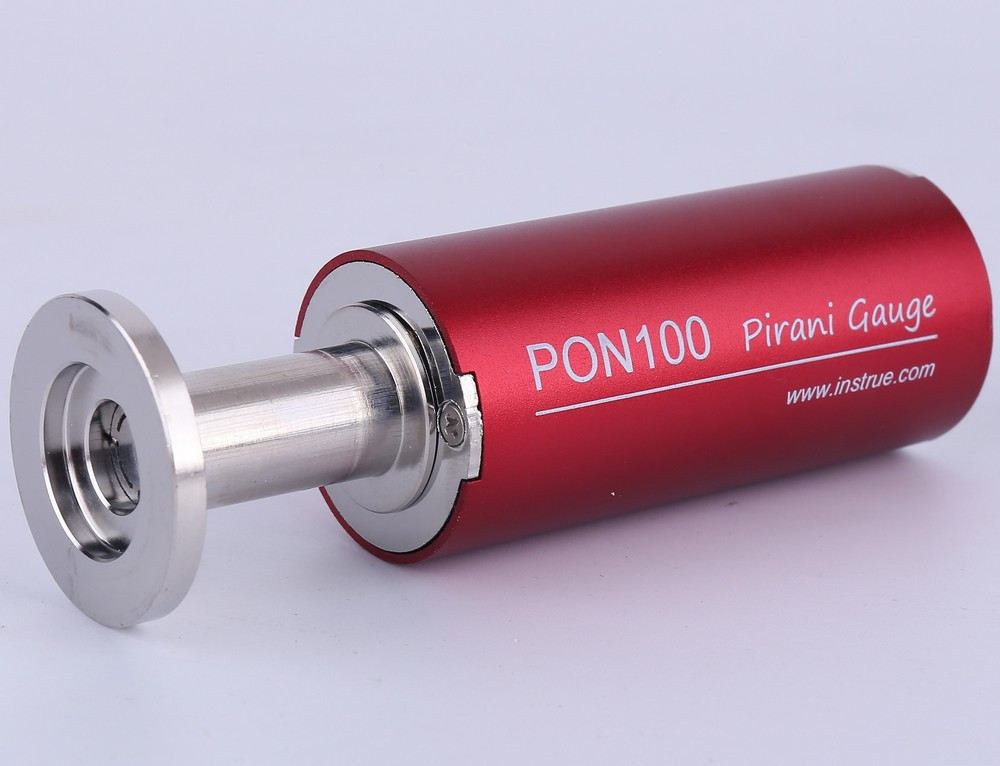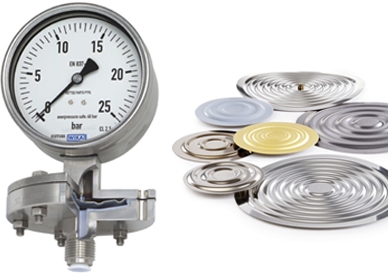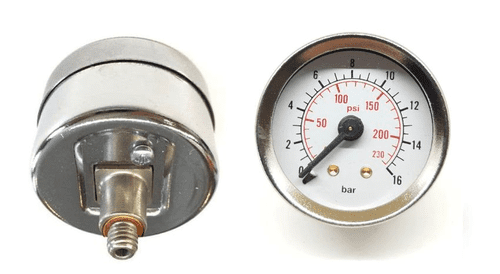Category: Machines Theory

Everything you need to know about construction robot
Modern technology has been adopted by the construction industry in the fight to make it safer, more productive, and more affordable. However, construction robots are now a significant factor in the development of the sector as the industry transformation has advanced. Well, in this article I’ll be discussing about construction robot as the following questions…

Understanding projectile motion
by
An object or particle (referred to as a projectile) is launched close to the surface of the earth, where it moves along a curved path only under the influence of gravity. The only significant force acting on the object is gravity, which pulls it downward and accelerates it in that path. The motion can be…

Understanding Free Fall
by
The sole force acting on an object or body during free fall is gravity. This external force on the object causes acceleration, which accelerates the object’s motion. Free-fall motion is therefore sometimes referred to as acceleration due to gravity in ordinary speech. Because the gravitational force, rather than the pull, is downward and has a…

Understanding kinematics
by
Kinematics is very useful in the conceptual design of mechanical systems. The model takes into account the initial body velocities and geometries. Kinematics can assist in assessing a design’s theoretical viability, but designing for the real world involves additional complexity. Many theoretically conceivable designs would be likely to fail without consideration of the materials and…

Understanding Knuckle Joint
by
The knuckle joint connects two rods whose axes either coincide or intersect and are in the same plane. They’re commonly found in tractor-trailers, roof truss tie rods, suspension bridge link joints, and steering systems, where they’re found between the steering rod and pinion. In this article, you’ll learn the definition, applications, diagram, design, construction, components,…

Understanding Speed and velocity
by
In our daily life speed and velocity are something we must encounter moving from one place to another gives us the ability to actuate these two terms. Speed and velocity are related in such a way that distance and displacement are related. Speed is a scalar and velocity is a vector. The v (italic) is the…

Understanding acceleration
by
Acceleration in our daily conversation means to speed up. It can occur in different applications be it transportation, human, animal, object, equipment, etc. a change in velocity of an object is known as acceleration. This is why the greater the acceleration, the greater the change in velocity over a given time Today you’ll get to…

Understanding distance and displacement
by
In one way or the other humans move from one place to the other, this form of movement is also applicable to any sort of object. Today we will be discussing the definition, formula, differences, and examples of distance and displacement. What is a distance? A distance can be defined as the total movement of…



















